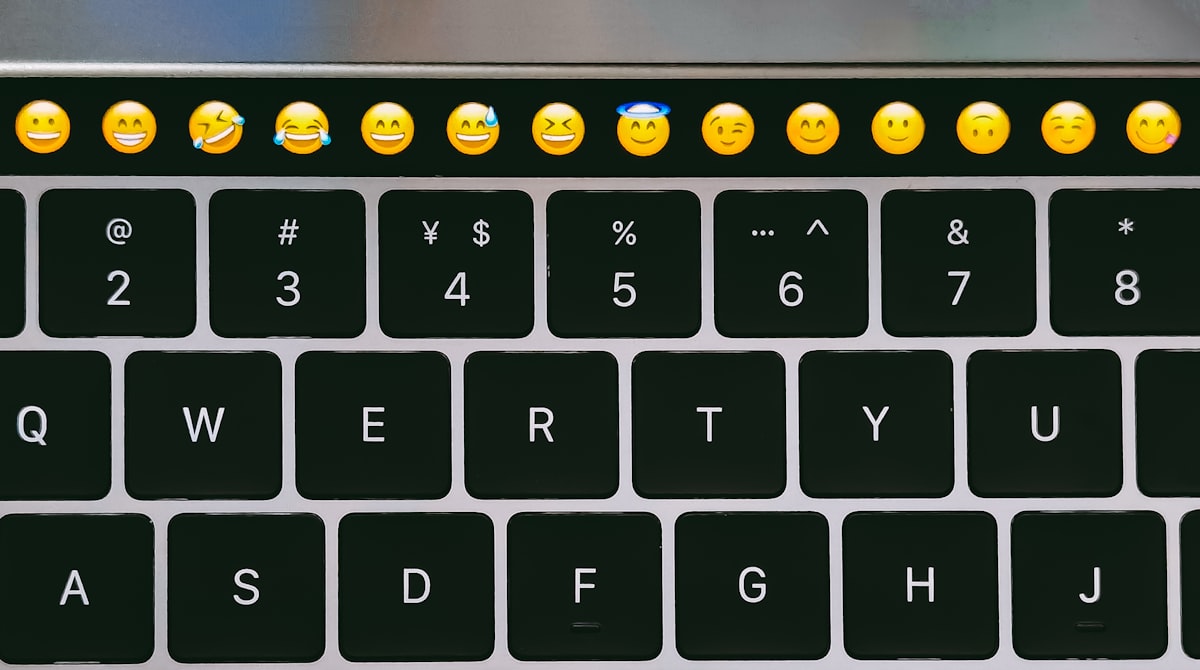Say it With a Smile: How to Crush Your Business Communication Game with Emojis

Emojis have become a part of daily communication, and the workplace is no different. The rise of Gen Z in the workforce demands the importance of using emojis to communicate. The world even celebrates World Emoji Day every July 17th. However, it's essential to understand the boundaries and best practices to effectively use them for business communication.
Not to mention, the COVID-19 pandemic forced many workers who weren't used to it to work from a distance. Many were forced to find ways to replace the in-office body language and facial expressions that were suddenly missing.
I'll admit, I don't count myself among the growing number of emoji users for work communication purposes. It's not that I've never used an emoticon with a coworker, but I'm also not one to send a smiley emoji to a client. But, I'm nothing if not moldable, so I've been exploring the benefits of emoji use in work-related communication.
Benefits of Using Emojis at Work
Emojis, of course, can convey emotions that may be hard to express in words, making them a necessary addition to digital communication. A smiley face at the end of a message lets your colleague know that your comment was lighthearted, a thumbs up lets them know you've reviewed their message, and the celebration emoji can allow you to quietly share in a workplace win.
Moreover, research has shown that using emojis at work can boost empathy and encourage more positive social proximity. Research from Slack conducted in conjunction with the language app Duolingo suggests that workers actually feel like communication is incomplete without emojis.
Best Practices for Using Emojis at Work
Here are some of the best practices for using emojis at work:
Know Your Audience: Younger generations tend to use emojis more often than older professionals. Knowing who is comfortable and familiar with emoji use, can help you determine how and when to use them appropriately in work-related communication.
Be Clear and Professional: Emojis should not replace regular text or be used in the email subject line. Instead, they should complement text to make the message clearer and more readable. Avoid using inappropriate or ambiguous emojis to prevent misunderstanding and foster healthy workplace communication.
Consider Time and Place: Using emojis is more acceptable in casual communication like on social media or text message than in professional forms of digital communication like work email. Understanding the work culture before introducing emojis in the workplace communication is necessary. Ensure that the emoji usage is appropriate and doesn't impact productivity.
Set Norms: The company culture should set the standards for appropriate emoji usage. Establishing clear guidelines on emoji usage in work-related communication can assist in avoiding misunderstandings and creating a healthier work environment.
Avoid Ambiguity: Using specific emojis to convey a precise emotion or feeling can be helpful, but sometimes emojis can have multiple meanings. Make sure you understand the meaning of the specific emoji you're using and avoid using ambiguous emoticons that may be misunderstood and lead to HR issues.
Avoiding Misunderstandings
It's essential to avoid misunderstanding when using emojis, especially regarding nonverbal cues. If a message is unclear, one may unknowingly use an emoji that can change the entire message's tone. Using the tongue-out emoji could be interpreted as rude, sarcastic, or dismissive, for example. Additionally, avoid emojis that could be considered inappropriate or sexually suggestive to prevent creating a hostile work environment.
Other Uses of Emojis at Work
One of my favorite podcasts, Brave New Work, has an entire episode about the use of emojis at work. If it's a topic that interests you, it's well worth a listen.
The benefits they discuss include:
- Custom emojis for collective emotion
- Skin tone usage to visually show team diversity
- Agreed upon emoji use for quick feedback
- Emojis to trigger automated workflows
So how do I feel about emojis?
For me, the jury is still out on emoji use at work.
Emojis can add a human touch to the conversation, making the message more eye-catching and engaging. However, we must understand the limits of emoji usage in work-related communication.
Emojis must not replace regular text and should avoid hostile work environments, sex and gender-based harassment, and inappropriate usage when used at the workplace.
Mastering these guidelines and best practices can genuinely help businesses and employees make the best use of emojis while still maintaining the necessary professional communication.